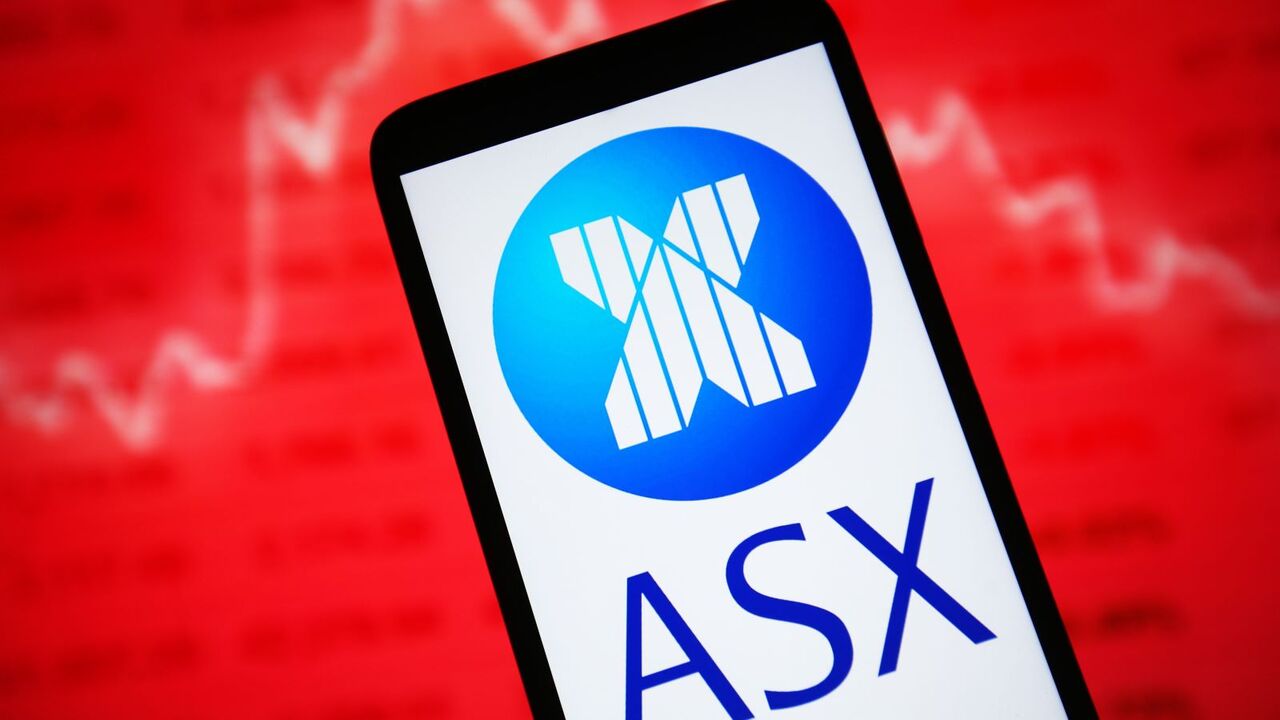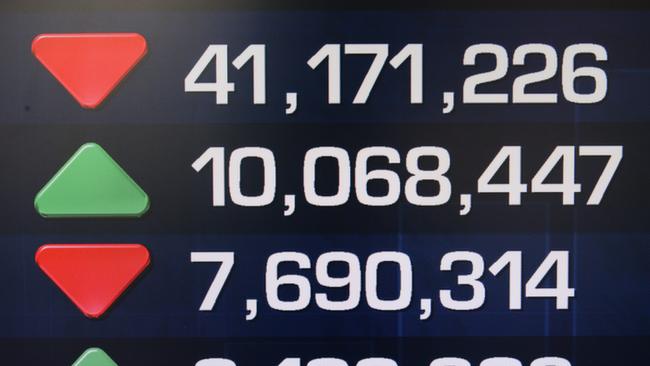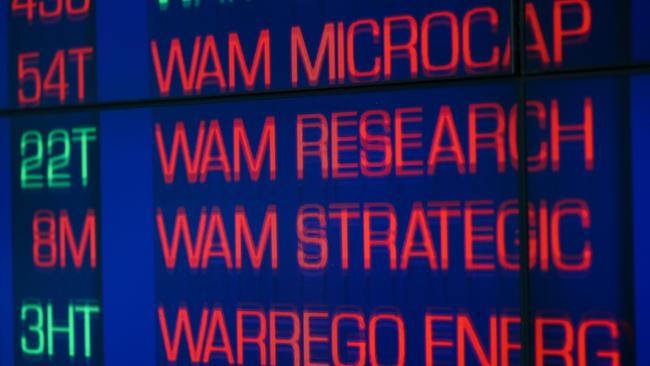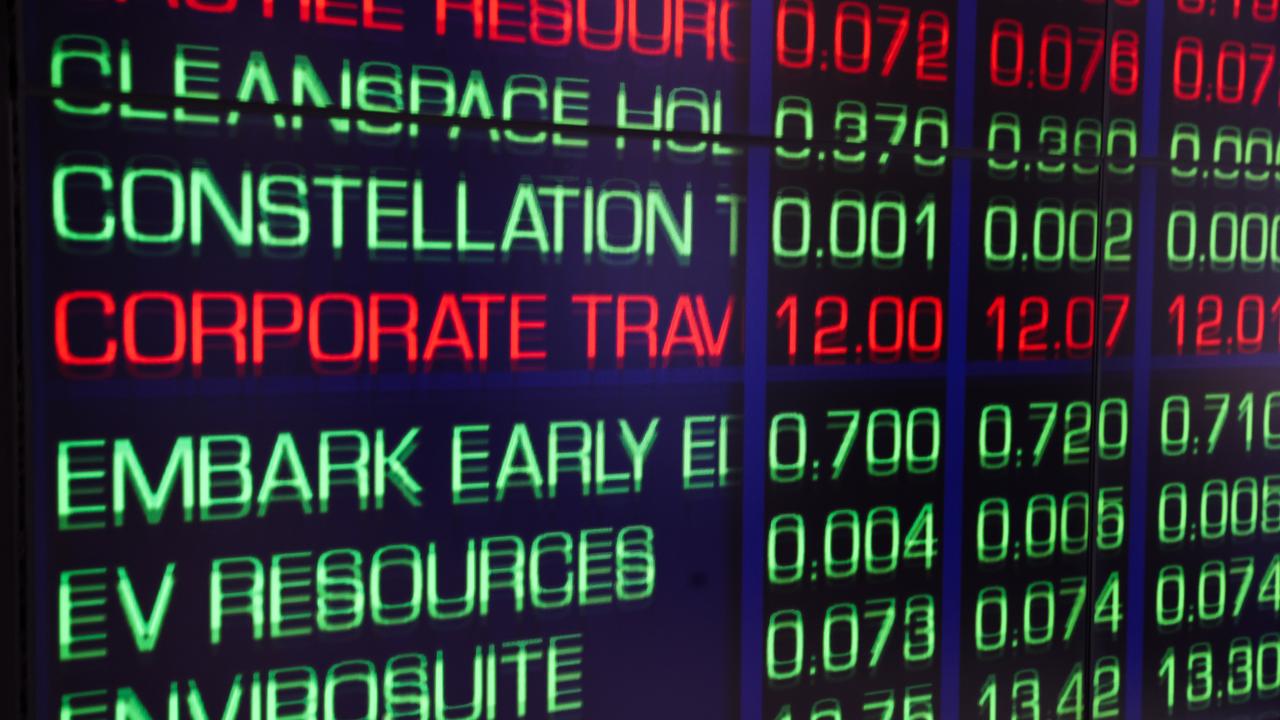Banks, CSL rise, miners fall in a mixed day of trading
The ASX 200 has again traded sideways on Thursday, after $48bn was wiped off the sharemarket during Tuesday’s trading.

The Australian sharemarket has fallen slightly in trading on Thursday, as the large banks and healthcare sector gains were offset by a falling iron ore price.
The benchmark ASX 200 index fell by 9.70 points, or 0.12 per cent, to finish the session at 8,206.30 points.
The broader All Ordinaries fell by 22.40 points, or 0.26 per cent, to close at 8,453.90 points.
The Aussie dollar is trading around US66.26c.
The ASX200 had a stronger than expected day given the weakness out of Wall Street.
The S&P 500 lost 0.92 per cent, while the Dow plunged 409.94 points, or 0.96 per cent to 42,514.95. The tech heavy Nasdaq Composite lost 1.6 per cent, ending at 18,276.65.
The Dow and S&P 500 were down for their third consecutive day of trading.
For the most part Australia’s market traded sideways, with the banks, telecommunications and healthcare stocks being the best performing stocks on the ASX.
Overall six of the 11 sectors ended higher, despite the overall ASX 200 trading slightly slower.
ANZ gained 1.12 per cent to $31.71, CBA added 1.16 per cent to $143.43, and NAB rose 0.73 per cent to $38.90. Macquarie gained 0.49 per cent to $233.30, and Westpac climbed 0.25 per cent to $32.11.
CSL was up 0.79 per cent or $2.31 to $293.57.

AMP chief economist Shane Oliver said the gains in the banks could be due to improving sentiment around the financial sector.
“There’s still hope there will be a rate cut. Canada cut rates overnight, so that might be supporting expectations of a rate cut here,” he said.
While it doesn’t force the Reserve Bank of Australia to move on interest rates, Mr Oliver said “it influences sentiment”.
“For example, when there was optimism about how much the US Federal Reserve would cut back in early September the market priced in a 90 per cent chance of a cut in Australia by December.”
Mr Oliver said it was an indifferent day on the market with sectors that usually trade inverse of each other rising together. He points to healthcare, consumer staple and telecommunications all being defensive, but also REITs and banks which are cyclicals all trading up.
“It looks like a mixed bag, it is a messy and confusing day on the market (on Thursday), so I don’t think there is a broader macroeconomic impact on the market,” he said.

However, weakness out of China could be impacting Australia’s miners on Thursday, who continued trending down on the lack of clarity of China’s stimulus package.
China previously announced an up to 10 trillion yuan stimulus package, but details on how much money will actually be spent and where it will be spent are unknown.
“The fiscal stimulus headline number is yet to be announced as we are still waiting for the National People’s Congress with the meeting coming in the next week or so,” Mr Oliver said.
“In the meantime the iron ore price has steadily trending down, which I think is weighing on the market.”
Fortescue share price fell 3.27 per cent to $19.13. Its quarterly production update today showed it shipped 11 per cent less iron ore than it did in the prior quarter. Fellow mining giant Rio Tinto lost 0.57 per cent to $117.78, while BHP slipped 0.42 per cent to $42.25.


